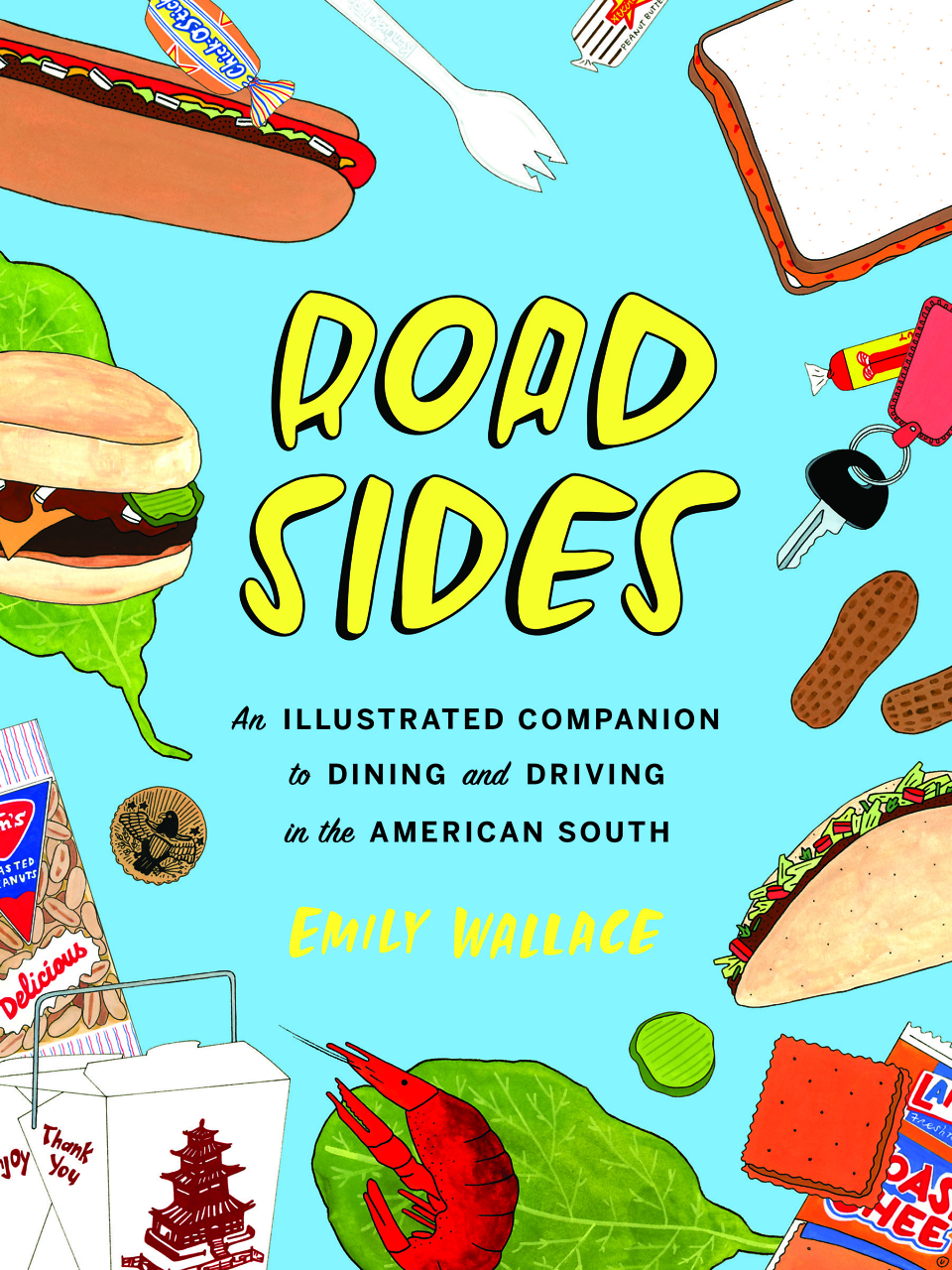Dancing to One’s Own Tune
Author Meg Medina revisits a beloved character
It was in 2018 that readers met and fell in love with Merci Suárez, the irrepressible protagonist of Meg Medina’s Merci Suárez Changes Gears. The book won Medina countless enthusiastic middle-school fans, as well as the 2019 Newbery Medal. Those devoted young readers will be happy to know that Merci is back. Merci Suárez Can’t Dance returns readers to the fold of Merci’s loving Cuban American family.
 Merci is now in seventh grade and, as the title indicates, struggling to find her own rhythms — with getting older; with the butterflies she feels in her stomach when Wilson Bellevue is around; with bossy Edna Santos, who is planning the school’s annual Heart Ball; and with her friends and family. Merci must come to terms with her grandfather’s Alzheimer’s, and now that Tía Inés has a new boyfriend, Merci wonders if her aunt will always have time for her.
Merci is now in seventh grade and, as the title indicates, struggling to find her own rhythms — with getting older; with the butterflies she feels in her stomach when Wilson Bellevue is around; with bossy Edna Santos, who is planning the school’s annual Heart Ball; and with her friends and family. Merci must come to terms with her grandfather’s Alzheimer’s, and now that Tía Inés has a new boyfriend, Merci wonders if her aunt will always have time for her.
Medina weaves it all together with honesty and humor and talked to Chapter 16 via email about this new chapter in Merci’s life.
Chapter 16: You dedicate this book to the “Merci fans who wanted to know what happened next.” Is this book a result of fans of the first book, at either school visits or via other communication with you, actively requesting a second book?
Meg Medina: I’m happy to say that lots of readers wanted to know what happened next. I’ve received questions about Michael Clark’s love life, about Tía Inés and Simón, and, of course, about Lolo. But mostly readers wrote, overwhelmingly, to tell me about their own experiences with loved ones who were facing Alzheimer’s. So, yes, the book is for them in a very big way.
But the truth is that I also came back to Merci because of my own curiosity about the metamorphosis that happens to kids during middle school. The changes are just so vast. I knew seventh-grade Merci would be so different from the character we met in the sixth grade. I wanted to see her grow up and, as a writer, I wanted to see if I could capture that really exciting and disruptive time and draw it for readers.
Chapter 16: You also note in your acknowledgments that writing a second book felt like “a big challenge.” What were some of the challenges?
Medina: Well, first and foremost, you don’t want to mess up a book that people have loved. There was something in the alchemy of Merci Suárez Changes Gears that really resonated with readers, and I was worried I wouldn’t be able to replicate that feeling of the story being true. There were practical headaches, too. I had never imagined another story after the first book, so I had to backtrack and make sure I had people’s names right, that the neighborhood was consistent, and all sorts of little details like that.
And, of course, I had to decide which characters were coming along for the second book and which I would retire. Talk about tough! I love all of the characters in some way – even the pests. Ultimately, the trick I found was in developing new characters who I found equally irresistible. Once they felt alive, it was easier to shelve some of the characters from the first book.
Chapter 16: And what were some of the joys of revisiting this tight-knit family?
Medina: In some ways, the Suárez family is my fantasy family, because there is just such a consistent abundance of love and support, even in the face of problems. It was especially fun to capture, as middle-school children would see it, the many faces of love.
 Chapter 16: You capture well the awkwardness Merci feels over middle-school growth spurts, insecurities (including feeling overwhelmed by things like clothes and makeup), the first butterflies in her stomach, and the transition between childhood and becoming a teenager. (“Is it dumb to pretend when you’re twelve?” she asks herself at one point.) Do you recall your own adolescence vividly? Is it easy for you to tap into those memories and emotions?
Chapter 16: You capture well the awkwardness Merci feels over middle-school growth spurts, insecurities (including feeling overwhelmed by things like clothes and makeup), the first butterflies in her stomach, and the transition between childhood and becoming a teenager. (“Is it dumb to pretend when you’re twelve?” she asks herself at one point.) Do you recall your own adolescence vividly? Is it easy for you to tap into those memories and emotions?
Medina: I vividly remember my entire childhood, for better or worse, and that makes inhabiting the mind of my characters fairly easy. There are so many scraps of memory! For example, when I was 13, I kept polishing my nails every other day with Avon nail polish. Then I’d peel it off in these huge acrylic clumps. I also plucked out most of my eyebrows by accident. I remember the shame I felt when I started menstruating and had tell my mother about it. And I certainly remember the first boy I crushed on and how my stomach would tighten into a knot every time he rode his bike on my block. (Billy Trikas, wherever you are, I still remember you!)
Chapter 16: You write about Lolo’s Alzheimer’s so eloquently. The end of Chapter 41, in which Merci and Mami watch Lolo and Abuela dance tenderly and intimately, is beautiful and heartbreaking. You mentioned you’ve heard from many readers who have loved ones facing Alzheimer’s. Do you often hear this kind of thing from children at school visits or book festivals, and why is it important to you to include a character with Alzheimer’s?
Medina: Thank you. As I said, yes, I do hear from people facing Alzheimer’s in their families. It’s always a quiet and deeply moving conversation between my readers and me, because we are talking about profound love and loss. It is, as you say, both beautiful and heartbreaking. The erasure of a lifetime of memories and of relationships is a very cruel thing, and caring for someone in that situation is a huge challenge that only grows more difficult over time. It wears caregivers down to the bone, and they need to feel seen and supported.
I feel as though many children will face this in their families or will know someone who faces this illness. And, as of this writing, it’s a problem, unfortunately, without a solution. In life, there are quite a few of those types of problems, aren’t there? So, how do we talk to kids about that? How can we teach them to endure through the things that will be painful? One way, I think, is by offering them books and stories that tackle these issues honestly.
Chapter 16: What is a way that winning the Newbery Award changed you or your work or the way you approach work that might surprise people?
Medina: Mostly in terms of platform. My own work has become more known and, by extension, it has given me a way to advocate more for literature by Latinx people. I’m very grateful for that. In my own work, specifically, it has also given me permission — a kind of courage — to try things that might have scared me in the past.
Chapter 16: What has kept you inspired during this time of pandemic-driven social isolation?
Medina: Writing itself generates inspiration, so I have tried to write every day, even if it’s only for myself. I’ve also tried to take care of my physical self through yoga and longs walks with my dog, Hugo. And, of course, I’ve tried to keep up with friends and with the beautiful books that have been published by colleagues. I’m thinking of works by Christina Soontornvat, Renée Watson, Kimberly Brubaker Bradley, Erin Entrada Kelly, Yamile Méndez, Jenny Torres Sanchez …. The list is long. Allowing myself to get swept up in their stories reminds me that I’m part of a bigger community of people who love and respect kids. It helps me remember that we are still out here imagining and working. It assures me that we’ll be back together again soon.
Chapter 16: Do you think we’ll hear from Merci again?
Medina: Oh, yes! How could we possibly walk away from Merci before she finishes the eighth grade? In fact, I’m hard at work on the third — and final — book right now. Every day I come to the page, I’m delighted and confounded by who she is as she turns 14. There are so many storylines to tie up and so many moments she’ll have to navigate. But in the end, I have faith in her.

Julie Danielson, co-author of Wild Things! Acts of Mischief in Children’s Literature, writes about picture books for Kirkus Reviews, BookPage, and The Horn Book. She lives in Murfreesboro and blogs at Seven Impossible Things Before Breakfast.





